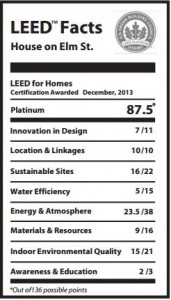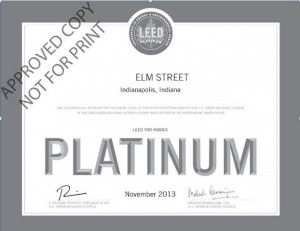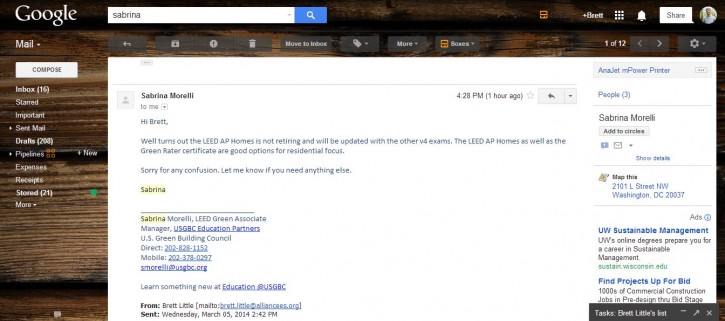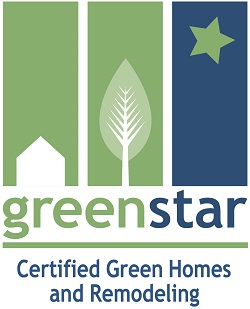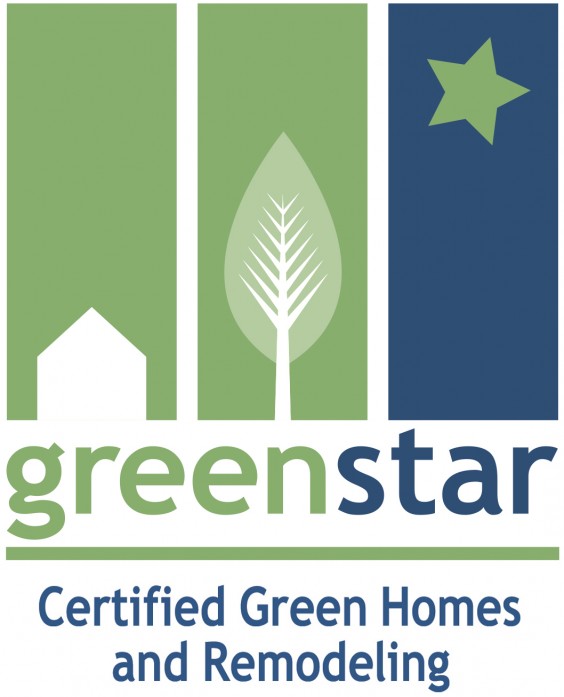GreenStar Homes Certification Program Update
July 2016 GreenStar Homes Certification Program Update
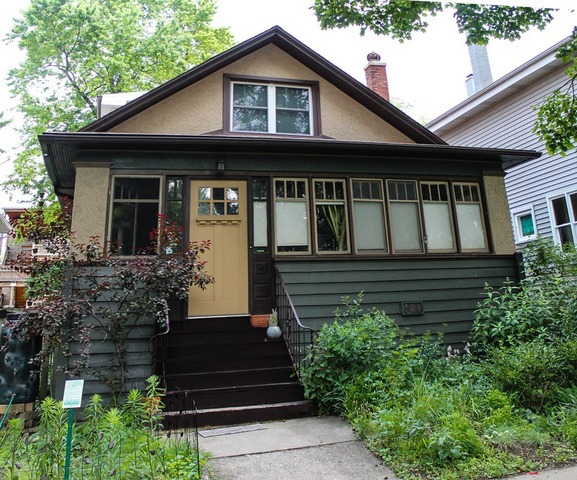
Summary of changes
- New construction home size adjuster removed
- Home size credited expanded
- No changes to square feet credit removed
- Numbering is fixed!
- Updates made to drought tolerant / adaptive or native plants
- WaterSense water budget tool for outdoor water performance added.
- GreenStar Qualification requirement education opportunity.
These changes may have impacted your existing project workbook, if your project was registered or you plan to register it soon, AND you were impacted negatively, please let us know so we can just adjust your points. You must register by the end of July.
Catch the 30 min webinar here
Download the slide handouts
New Construction Home Size Adjuster removed
We have removed the new construction home size adjuster and instead created a New Construction credit. Now, just like when selecting the project (remodel, addition, etc. Project cert project level, you can simply select new construction and desired certification level. This remains in section 1 but has been moved to the over prerequisite category.
Home size credit moved and updated. New added square feet credit removed
The Home Size credit has been updated to rewarded smaller homes all the way down to “tiny home” size starting 750. We also removed all health and water credits associated with this since those have little to do with home size. This credit now also applies to new homes since the home size adjuster was removed. Note this credit had its category along with with the credit that rewarded for not increasing square feet in a remodel. It has now been moved right into the 2.2 Design section. Also, we have updated the language to reflect how to measure a home which now under ANSI Standard Z765-2003. Multifamily projects will use average unit size for this credit.
Numbering is fixed!
It has been a long time but yes, the numbering is finally all matched up. Also, several sections have now changed what their numbers use to be. If you create alternative documents, it always best to name the credits too, just so that you can reference it if the number changes. Section 1 is now overall prerequisites (use to be section 2) and section 2 is now preconstruction design strategies (formally Section 3) and so on. Also, Air leakage reduction has been moved in section 2 and some sections in finishes and materials have been moved to lower numbers, properly ordering that section.
WaterSense water budget tool & drought tolerant plants
Drought tolerant / Native plantings have been moved out of Irrigation and moved to Plantings/trees section. Also, this section was updated to award Land (place) points for these categories, and the section was expanded to rewarded for 30% of the landscape incorporating these plant types. – 3.3.6 Plantings have been removed because of this Water sense water budget tool has been incorporated into the program.We have been altered to the fact that in some cases greenstar rewards more for irrigation system vs having a landscape plan that does not require irrigation. This is one of the efforts to fix that issue. You can now collect more points for achieving 60% or more of a reduction below the baseline of your project type. This already rewards for Land (place) points at higher levels since those will require native/adaptive plantings.
Greenstar Qualification opportunity update
We have updated the online on-demand education to become Greenstar qualified. The idea is that anyone looking to certify a project should have a very basic understanding of the residential green building. The course you need to take is called The Basics of Residential Green (Re) Building & introduction to GreenStar Homes certification. These two courses total 4 hours of education and two open note quizzes that you can take at your own speed. Use coupon code GSHqualified to get 75% of the course(s) costs. Both of these courses can count toward your GreenHome Associates, which can get you more credit in the system. Remember this is just of the four ways to get qualified.
PS: Radon only needs to be tested on homes without systems. Currently, you do not need to test homes with passive systems but it is highly recommended. Here is a very neat resource on Radon for your clients.

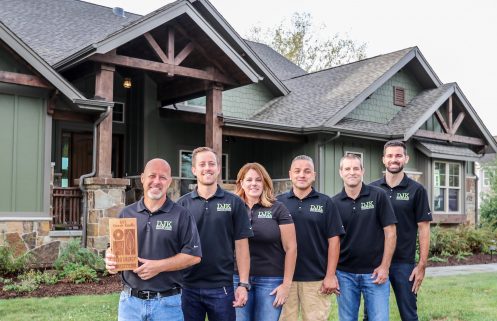
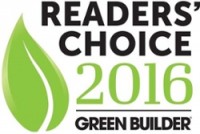
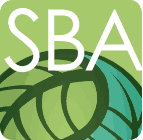
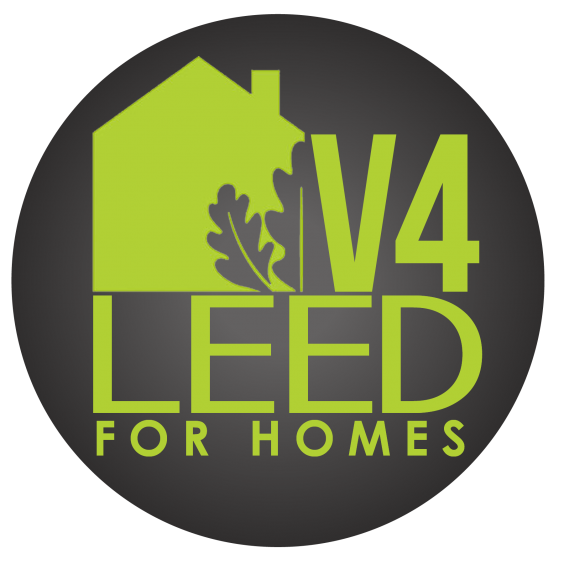 that will take place and be ready for the October 31 2016 release before it comes. LEED for Homes v4 applies to new construction and major rehabs single family homes, neighborhoods, multifamily low, mid, high rise and mixed use buildings. Learn how you can use the program and now and be ahead of the game before the launch date.
that will take place and be ready for the October 31 2016 release before it comes. LEED for Homes v4 applies to new construction and major rehabs single family homes, neighborhoods, multifamily low, mid, high rise and mixed use buildings. Learn how you can use the program and now and be ahead of the game before the launch date.  ENERGY STAR market transformation programs. Since 2004, Jay has provided independent consulting services to the US Green Building Council in developing the LEED for Homes program. Jay was Acting Director for LEED for Homes for two years. He is also the lead programmatic and verification consultant for the Green Communities Offset Fund. Jay has served on the Home Depot Foundation Awards of Excellence Selection Committee; the Habitat for Humanity International Partnership for Sustainable Buildings Advisory Committee; and, The Healthy House Institute Advisory Board. Jay is also a LEED Faculty member. Born and raised in Ontario, Canada, for the past 25 years, Jay and his wife, Kim, have resided with their two sons in Annapolis, Maryland.
ENERGY STAR market transformation programs. Since 2004, Jay has provided independent consulting services to the US Green Building Council in developing the LEED for Homes program. Jay was Acting Director for LEED for Homes for two years. He is also the lead programmatic and verification consultant for the Green Communities Offset Fund. Jay has served on the Home Depot Foundation Awards of Excellence Selection Committee; the Habitat for Humanity International Partnership for Sustainable Buildings Advisory Committee; and, The Healthy House Institute Advisory Board. Jay is also a LEED Faculty member. Born and raised in Ontario, Canada, for the past 25 years, Jay and his wife, Kim, have resided with their two sons in Annapolis, Maryland. 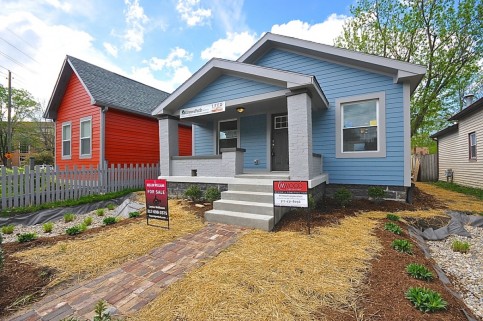
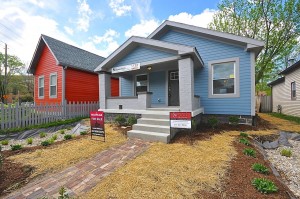
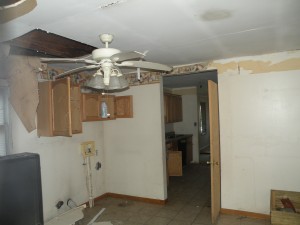
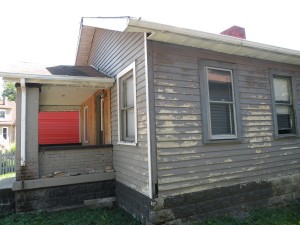
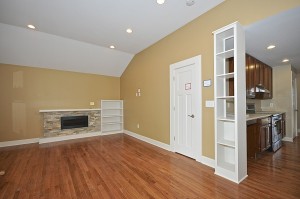 Th
Th